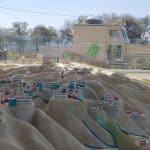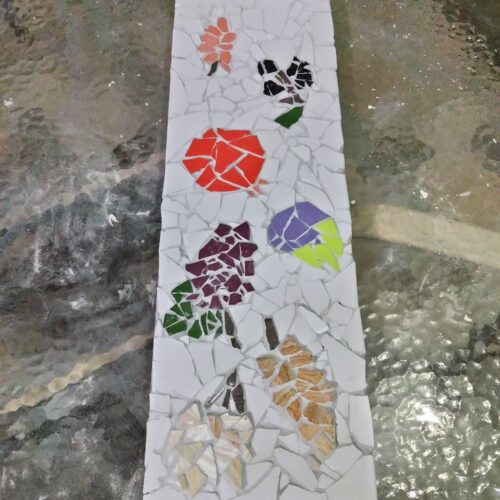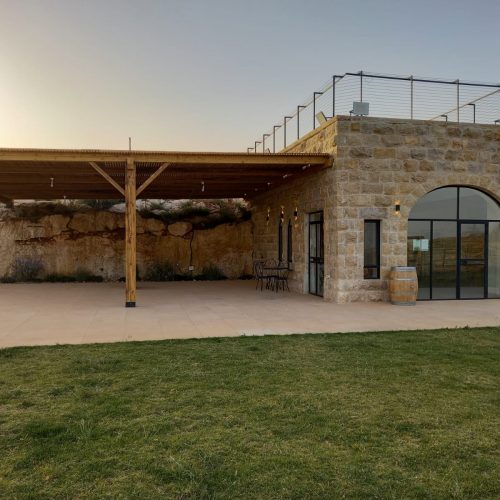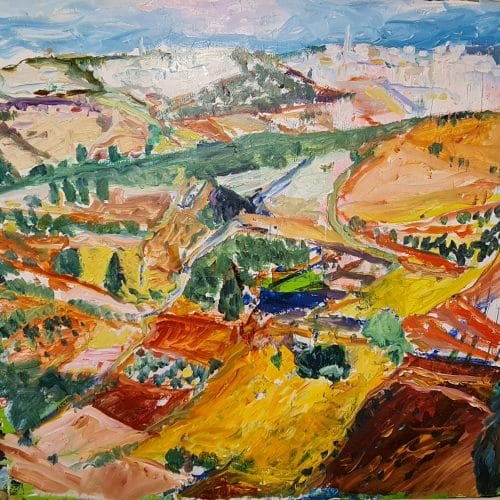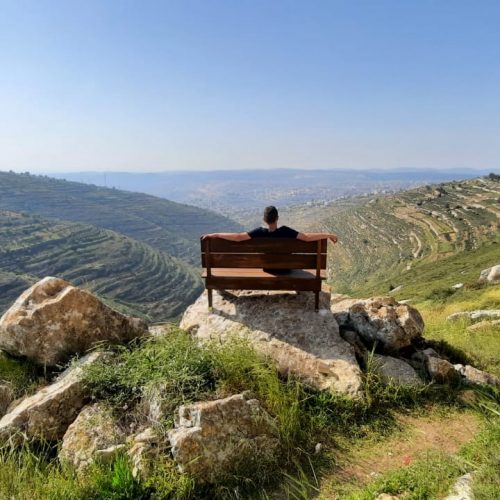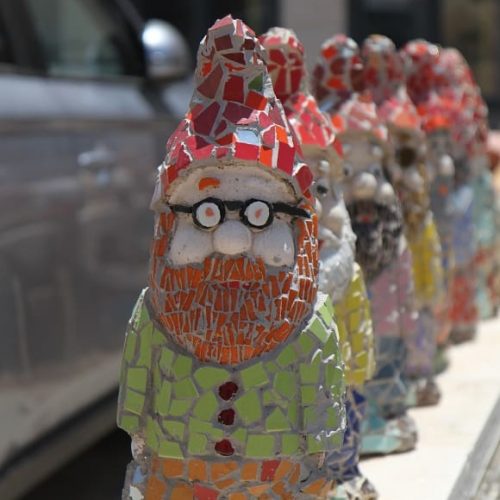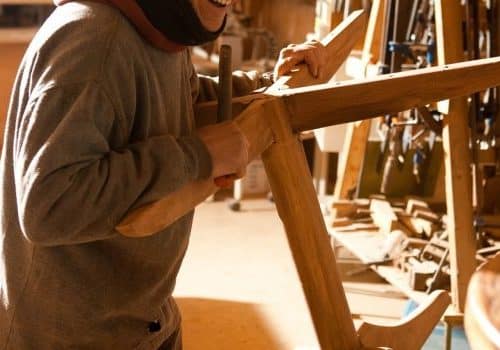The cluster of Israeli communities known as Gush Etzion is often symbolized by “The Lone Tree,” a centuries old oak that you can visit at a strategic Judean road junction. Located in between Alon Shvut and Rosh Tzurim, the site includes a three-dimensional topographic model of the entire Gush Etzion, playgrounds for children, public toilets, and an explanatory voice recording telling the story of the tree.
To understand the significance of this emblematic tree, we have to go back to the period just before the State of Israel was officially declared. In the waning days of the British Mandate period, Gush Etzion was comprised of four kibbutzim, where residents pooled their resources and lived and worked together.
The area was under frequent siege by the Jordanian Legion and Arab guerilla fighters. As the conflict escalated, the families of Gush Etzion made a decision to send their women and children to the relative safety of Jerusalem. A few weeks before David Ben Gurion declared the independence of the State of Israel, all that was left of these thriving kibbutzim were approximately 130 men and a handful of women who stayed behind to defend their communities and homes.
Three days before Israel became an independent state, the Gush Etzion defenders were overtaken by a significantly larger and better-armed Jordanian Legion. The Zionist fighters were gathered together under the pretense of being photographed to chronicle the Jordanians’ superiority. Rather than being photographed, they were murdered. There were only four survivors. The remaining 127 defenseless men, were shot in cold blood.
While Gush Etzion was under Jordanian control, the wives and children of the slain kibbutz members gathered annually on a hilltop in Jerusalem, from which they could contemplate and remember Gush Etzion. The Lone Tree of Gush Etzion, a 700-year-old oak tree that sat alone, marking the crossroads that had once connected the four lost communities, was visible from their mountain perch. The Lone Tree in Gush Etzion came to symbolize all that was lost. At the same time, it was also a symbol of the living and breathing desire to return to Gush Etzion and to rebuild.
That dream was realized in 1967, when Gush Etzion was returned to Jewish hands during the Six Day War. Today, Gush Etzion is home to no fewer than 22 thriving communities, ranging in population from a few dozen people to nearly 40,000. The total population in Gush Etzion is over 70,000 and the Lone Tree in Gush Etzion sits alone no more.




